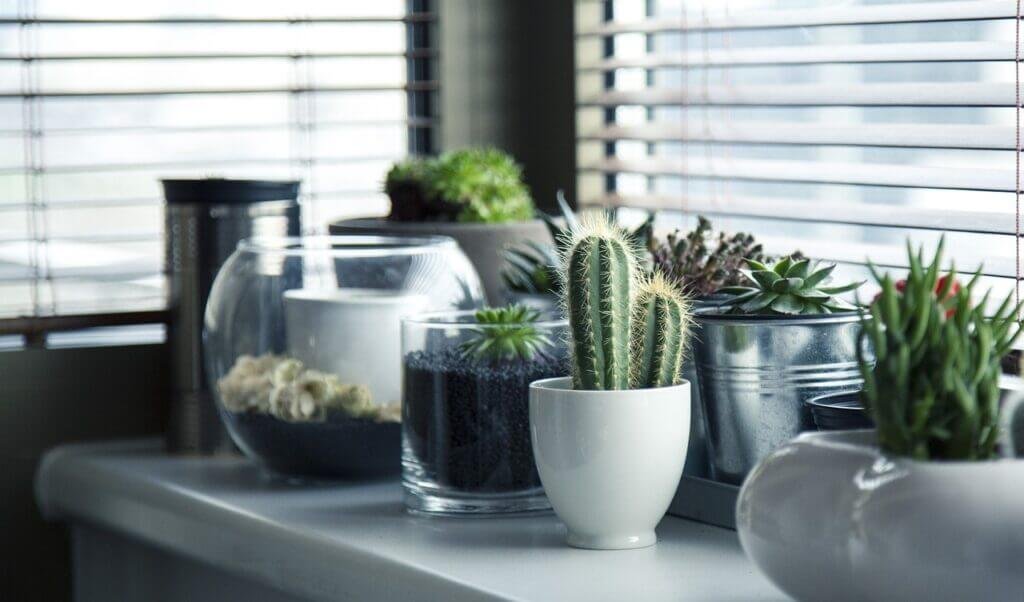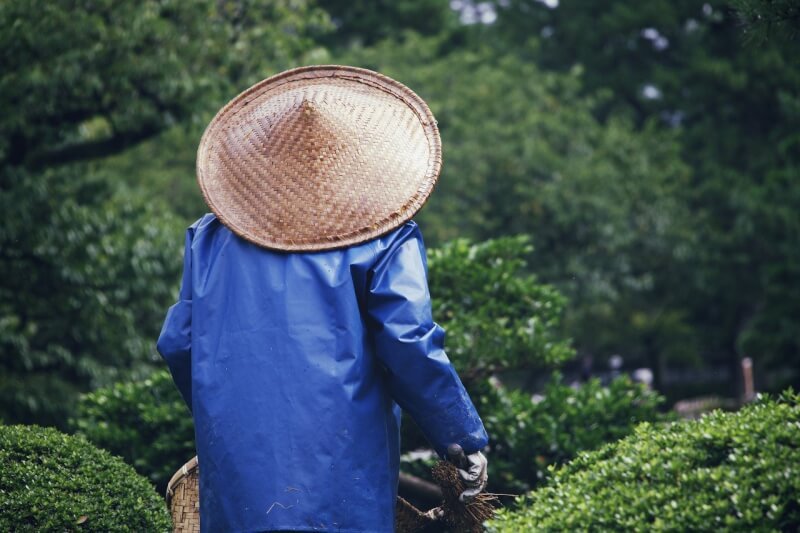So, you’ve decided to embark on the delightful journey of starting your very own urban garden. Congratulations! Whether you have a green thumb or you’re a complete novice, this article will guide you through the essential steps to ensure that your urban oasis flourishes. From choosing the perfect location to selecting the right plants and providing them with optimal care, this comprehensive guide will equip you with the knowledge and confidence you need to create a thriving garden in the heart of the city. So, let’s roll up our sleeves and dig right in!

Choosing the Right Location
When starting an urban garden, one of the first steps is to choose the right location for your garden. Assessing the available space is crucial in determining if it is suitable for a garden. Look for areas in your yard or balcony that receive ample sunlight throughout the day and have access to both water and drainage. Sunlight is essential for the growth of most plants, so choosing a spot that gets at least 6-8 hours of direct sunlight is ideal. Additionally, make sure the chosen location is easily accessible for you to tend to your garden regularly.
Another consideration when choosing the right location is potential soil contamination. In urban areas, the soil might be polluted due to various factors like the proximity to highways, factories, or old industrial sites. It is important to do some research or consult with local environmental agencies to determine if the soil in your chosen location is contaminated and if any remediation measures need to be taken.
Planning the Garden Layout
Once you have chosen the right location, it’s time to plan the layout of your urban garden. Start by deciding on the size and type of garden you want. Consider the available space and your gardening goals. Do you want a small vegetable garden, a flower garden, or a mix of both? This will help determine the overall layout and design of your garden.
Sketching the design can be a helpful visual aid in planning your garden’s layout. Considerations when sketching include pathways and accessibility. Ensure there is enough space to comfortably move around and access all areas of the garden. You may also want to create zones for different plants based on their water and sunlight needs or for aesthetic purposes.

Preparing the Soil
Before planting, it is important to prepare the soil to provide a healthy growing environment for your plants. Start by conducting a soil test to determine its pH level and nutrient content. Based on the results, you can make amendments to adjust the pH level and add necessary nutrients.
Clearing weeds and debris from the area is also essential to prevent competition for nutrients and space. Remove any unwanted plants and debris to create a clean slate for your garden.
Consider building raised beds or containers if the soil in your chosen location is not suitable for planting. Raised beds provide better control over soil quality and drainage. Containers are a great option for urban gardens with limited space.
Improving drainage is crucial for healthy plant growth. If the soil in your chosen location has poor drainage, you can amend it by adding organic matter, such as compost or vermiculite, to improve its structure.
Choosing the Right Plants
Choosing the right plants is vital for a successful urban garden. Consider your climate and hardiness zone when selecting plants. Different plants thrive in different climates and knowing your specific zone will help ensure you choose plants that can withstand the local weather conditions.
Decide between seeds or seedlings based on your preference and gardening experience. Seeds offer a wider variety of plant options, while seedlings provide a head start in the growing process.
When selecting vegetable varieties, research which ones are best suited for urban gardens. Some vegetables, like lettuce and herbs, can thrive in small spaces and are well-suited for container gardening.
Researching companion planting is also beneficial when selecting plants for your garden. Certain plants have natural properties that repel pests or attract beneficial insects, which can improve overall garden health.

Sourcing and Acquiring Plants
Once you have decided on the plants you want to grow, the next step is to source and acquire them. Buying from local nurseries or garden centers is a great option as they offer a wide variety of healthy plants suited for your specific climate.
Online plant purchase options are also available, providing a convenient way to have plants delivered to your doorstep. Ensure you research the reputation and reviews of the online nursery before making a purchase.
Consider participating in seed swapping or plant exchanges within your community. This not only helps diversify your plant collection but also creates a sense of community among fellow gardeners.
Starting from seeds at home is another cost-effective option. You can purchase seed packets from local stores or online, follow the guidelines on the packet, and germinate them indoors before transplanting them into your garden.
Implementing Watering Systems
Setting up a proper watering system is essential to ensure your garden receives adequate moisture. There are various options to consider, such as irrigation systems, drip irrigation, or sprinklers.
Irrigation systems, like soaker hoses or automatic timers, provide a consistent supply of water to your plants. Drip irrigation is a more efficient option as it delivers water directly to the plant roots, minimizing evaporation and water waste. Sprinklers are suitable for larger areas, but they may lead to water loss through evaporation.
Watering techniques and timing should also be considered. Water your garden early in the morning or late in the evening to prevent water loss due to evaporation during the day. Watering deeply but infrequently is generally better for plant growth as it encourages deeper root growth.
Implementing water conservation methods, such as mulching and collecting rainwater, can help reduce water consumption and promote sustainable gardening practices.

Maintaining the Garden
Maintaining your urban garden is crucial for its long-term health and productivity. Regular weeding and pest control are essential to prevent weeds from competing with your plants for nutrients and to protect your plants from damaging pests.
Regular watering and fertilizing based on the specific needs of your plants will promote healthy growth and maximize productivity. It is important to follow the recommended fertilization schedule and use organic fertilizers to minimize chemical exposure.
Pruning and trellising are important for plants that require support or benefit from regular trimming. Proper pruning improves air circulation and prevents the spread of diseases, while trellising ensures vertical growth and efficient use of space.
Mulching is an effective way to retain moisture in the soil, suppress weeds, and regulate soil temperature. Use organic materials such as straw, wood chips, or compost as mulch around your plants.
Harvesting and Utilizing Produce
Knowing when to harvest your crops is essential for optimal flavor and nutritional value. Each plant has different signs indicating it is ready for harvest. Research the specific harvesting guidelines for each of the plants in your garden.
Proper handling and storage of harvested produce are important to maintain freshness and prevent spoilage. Clean your fruits and vegetables before storing them, and store them in a cool and dry place to prolong their shelf life.
Utilizing fresh produce in your meals is one of the joys of urban gardening. Incorporate your homegrown vegetables and herbs into your cooking to savor the flavors of your hard work.
If you have a surplus of produce, consider exploring preservation and canning methods. Canning, freezing, or dehydrating your harvest allows you to enjoy your homegrown goodies throughout the year.
Dealing with Challenges
Urban gardening comes with its fair share of challenges. Being aware of common pests and diseases in your area can help you take preventive measures. Implement organic pest control methods or seek professional help if necessary.
Weather extremes, such as heatwaves or frost, can also pose challenges to your garden. Protect your plants during extreme weather conditions by providing shade or covering them when necessary.
Troubleshooting soil problems, such as nutrient deficiencies or pH imbalances, is essential for maintaining a healthy garden. Regular soil testing and appropriate amendments can help address any issues.
Managing wildlife interference, such as birds or squirrels, can be challenging. Implementing deterrent methods like fences or netting can help protect your plants from unwanted visitors.
Continued Education and Growth
As a gardener, there is always room for continued education and growth. Consider attending gardening classes and workshops to expand your knowledge and learn new techniques. Local botanical gardens, universities, or community organizations often offer gardening education opportunities.
Joining gardening associations and groups allows you to connect with other like-minded individuals and share experiences and knowledge. You can exchange tips, ideas, and even plants with fellow gardeners in your community.
Experimenting with new techniques and plant varieties is another way to expand your urban garden. Try out different methods, such as vertical gardening or hydroponics, to maximize space and productivity.
Expanding your urban garden as you gain experience and confidence is an exciting next step. Whether it’s adding new raised beds, expanding your existing garden, or venturing into new gardening areas, you can continually grow and transform your urban oasis.
Starting an urban garden can be a rewarding experience, providing you with fresh produce, a connection to nature, and a sense of accomplishment. By following these essential steps and investing time and effort in planning, preparing, and maintaining your garden, you can create a thriving urban oasis that brings joy and fulfillment to your daily life.


